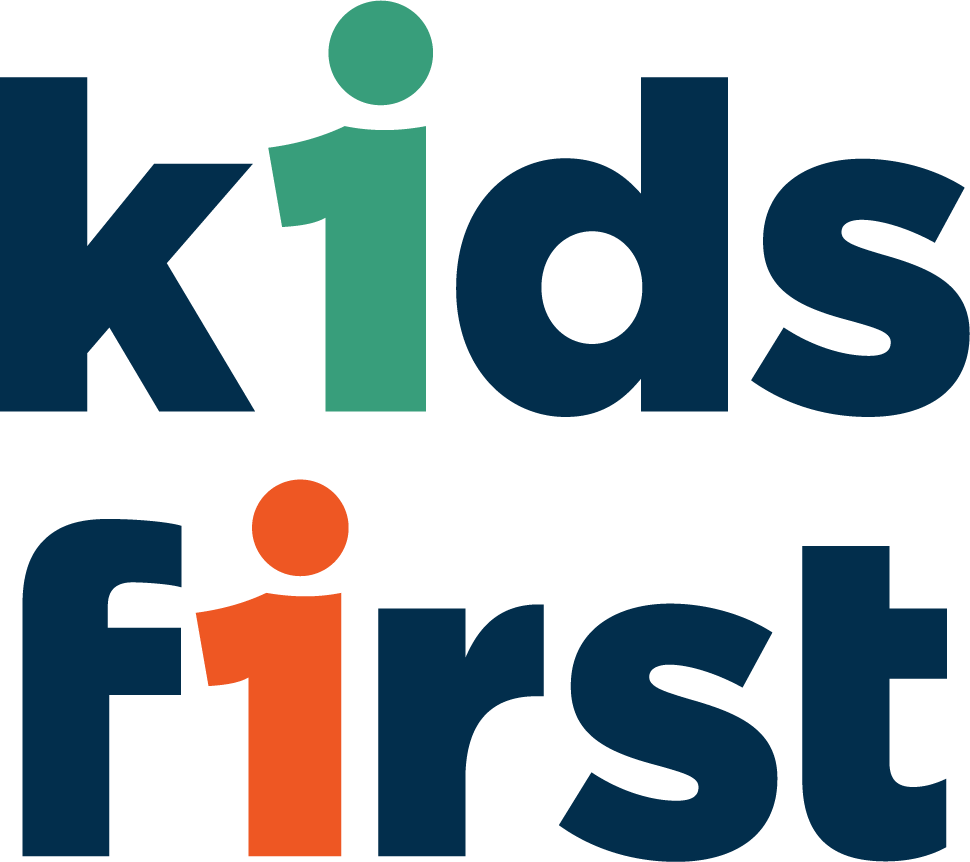Navigating Foster Care Licensing Requirements with Ease
Embarking on the noble journey of foster care is like setting out on a thrilling adventure. But as with every adventure, foster care licensing requires a map. Here, we'll help make the path to becoming a foster parent a clear and enjoyable expedition. The guidelines we share will help you pursue your heart to ensure that every child, regardless of their journey, finds a haven in the arms of foster parents who are committed to love, nurture, and protection.
Navigating the Foster Care Licensing Maze - Your Roadmap to Success
Often, one of the first challenges on this adventure is understanding the licensing requirements. Think of it as the beginning of a rewarding journey. State departments of Family and Protective Services (DFPS) set guidelines that exist to provide a safe and nurturing environment for every child. It’s helpful to visit your state’s website for a comprehensive overview of the process.
Attending Orientation Sessions by local agencies yields essential information regarding foster care licensing requirements. These sessions are designed to equip you with legal information about the foster care system, licensing prerequisites, and what it truly means to open your home to a child in need.
Common licensing prerequisites for aspiring foster parents to create a safe, welcoming haven include:
1. background checks to ensure a clean start for prospective foster parents,
2. childproofing homes and meeting space requirements,
3. enrolling in training classes that cover child development and effective communication,
4. a home study, a friendly visit to evaluate readiness,
5. demonstrating a robust support system and
6. patience and perseverance while waiting.
These prerequisites, though detailed, are like stepping stones paving the way for a rewarding foster care journey.
Step 1: Complete Background Checks—safety is number one!
The state requires thorough background checks to ensure the safety of the children. This may include criminal history and child abuse registry checks. It's a standard procedure, ensuring that every foster home is a secure haven to love and support a foster child.
Step 2: Is My Home Ready? Preparing Your Home… a home makeover.
Prepare your home to meet the safety standards outlined by the DFPS. Begin with thorough childproofing, covering sharp edges, and eliminating potential hazards. Ensure bedrooms are cozy and personalized, creating a sense of belonging. Allocate dedicated spaces for play and study, promoting a balanced environment. Stock up on age-appropriate essentials, from clothing to toys. A safe, welcoming environment is what counts.
Step 3: Attend Training Classes—What do I need to know about foster parent training?
Enroll in training classes to enhance your skills in understanding and addressing the needs of foster children. These classes cover topics like child development, trauma-informed care, and effective communication. Beyond the essentials, training classes delve into invaluable topics like cultural competence and therapeutic parenting techniques.
These classes help to ensure foster parents are well-equipped to navigate the diverse challenges and offer tailored support to the unique needs of each child under their care. Think of it as building a toolbox for parenting.
Step 4: Home Study Process—an in-home interview.
Home study is like a friendly chat over a cup of tea. A representative will visit your home to assess your readiness and motivations, ensuring your home meets safety standards. Ensuring childproofing, eliminating potential hazards, and guaranteeing sufficient space for children are the foundations of the blueprint for creating a safe and welcoming home. When you meet with your representative, be open, honest, and yourself; they want to get to know you and ensure you are ready to open your home to help and care for children.
Step 5: Assessing Your Support System —Who's in Your Corner?
Showcasing a robust support system is crucial. This can include friends, counselors, family, and even neighbors willing to lend a hand. Their presence provides practical assistance for foster parents and enriches a child's life with diverse relationships. This support network ensures that foster children have a solid foundation to navigate challenges, fostering a sense of belonging and security that is crucial for their overall well-being and development.
Step 6: Patience and Perseverance—When Will I Be Licensed?
Patience is key. The licensing process may take some time, but it's all part of ensuring that you're fully prepared to provide a loving and stable home. Trust the timing, and know that every step brings you closer to making a significant difference in a child's life.
Becoming a licensed foster parent is an enriching adventure, a journey filled with meaningful connections and the joy of making a positive impact. By understanding the requirements and following the proven roadmap, you're opening your home and your heart to a child who deserves love and stability.
Visit your state’s Department of Family and Protective Services website, attend orientation sessions, and connect with local agencies. Remember, every heart has the capacity to make a difference. Join the ranks of foster parents shaping a brighter future for children in need. The journey starts with you!

